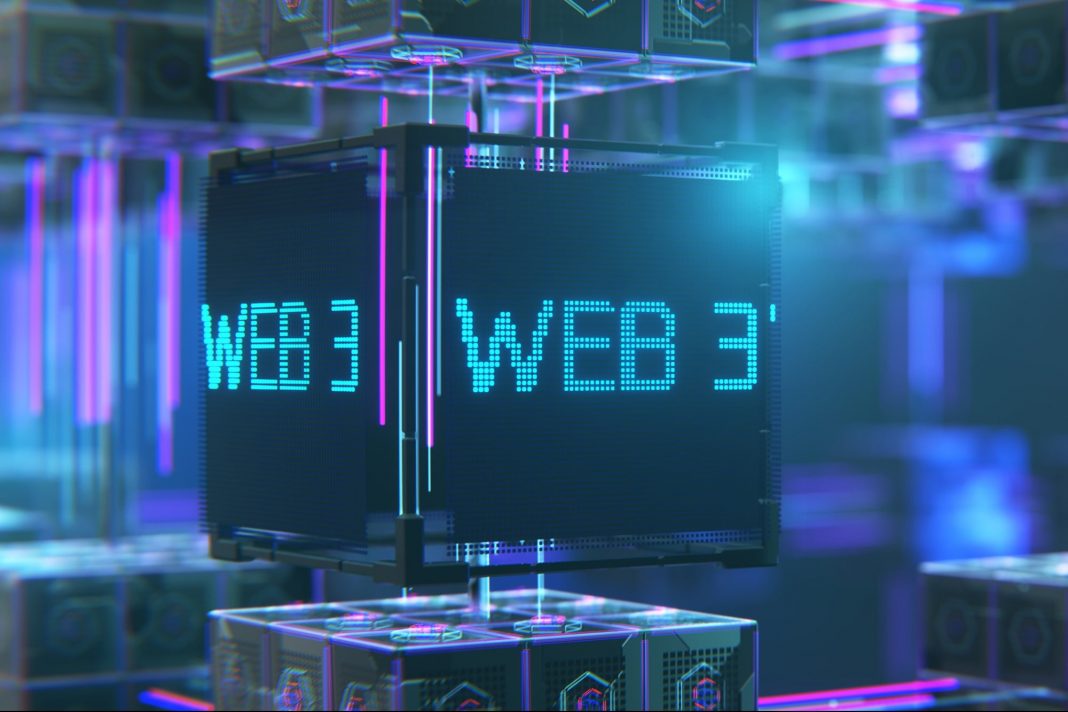Opinions expressed by Entrepreneur contributors are their own.
While we’ve seen excitement about Web 3.0 as the next phase of the Internet, it’s important to understand the key factors that will make it materialize. Several important concepts related to Web 3.0 include decentralization (distributed computing), blockchain, cryptocurrency and the Metaverse. While there may be challenges, let’s look at Web 3.0 opportunities and anticipate what lies ahead.
Analyzing Web 3.0 as an investor and entrepreneur, it’s crucial to review major themes and the industry’s challenges in building more momentum.
Related: 3 Ways Web 3.0 Will Change Digital Ownership
1. Scalability
Most experts believe that blockchain cannot simultaneously achieve security, decentralization and scalability. This is known as the blockchain trilemma. It is a situation that developers encounter when building blockchains, requiring them to sacrifice one aspect as a trade-off to accommodate the other two.
A specific consideration related to scalability is the blockchain size, which can grow quickly as more transactions are added. Bitcoin, for example, can process 7 transactions per second, while Ethereum can process 20 transactions per second. Meanwhile, Visa can handle 24,400 transactions per second.
Related: Web 3.0 Is Coming, and Here’s What That Really Means for You
2. Interoperability
The term interoperability references the capability of blockchains to transfer data and communicate with each other. Web 3.0 projects related to interoperability include Injective, Cosmos and Polkadot, which build blockchain ecosystems that allow interoperability. The process of achieving interoperability is complicated – but not impossible – and I expect more projects to launch soon.
3. Centralization
One factor to consider is that Web 3.0 protocols typically evolve slowly and rely heavily on centralized platforms to iterate on new functionality. Several cryptocurrency wallets — including Phantom and Metamask — are offered as browser extensions. This introduces potentially complex security challenges.
Both Metamask, a cryptocurrency wallet with more than 10 million monthly active users, and OpenSea, the largest NFT marketplace, rely on centralized infrastructure companies like Infura (a backend Infrastructure-as-a-service provider) to operate.
4. Development
Remember that the Web 3.0 development cycle may be time-consuming for protocol developers. Increasing the number of blockchains with various purposes creates challenges for developers. Blockchain developers must have relevant skills based on the blockchain network they are working on.
5. Accessibility
Current Web 3.0 activities make it fairly easy for Web 2.0 users to shift to their platforms. Remember that people cannot embrace what they cannot figure out. If Web 3.0 is less accessible than Web 2.0, people may be unable to interact with many Web 3.0 projects.
Web 2.0 applications, including Instagram and Facebook, are user-friendly and easily accessible compared to many Web 3.0 applications. Google, YouTube, Facebook and other Web 2.0 platforms offer strong UI/UX for their users. However, several Web 3.0 products are grappling with the trade-offs between security and convenience. When Web 3.0 is more user-friendly, the less likely it is to be secure. Recently, there has been a noticeable rise in crypto-jacking cases. Therefore, I believe that security-related obstacles on Web 3.0 need to be solved for them to be more accessible for mainstream business.
Web 3.0 success stories
Several compelling success stories have been in the news that highlight the business opportunities in Web 3.0.
- Nike: It conducted a thorough study of the Web 3.0 space before entering the market. In 2021, the company acquired RTFKT, a Web 3.0 firm specializing in fashion collectibles to bring on board a team of Web 3.0 native experts. Before launching its own SWOOSH marketplace in 2022, Nike gained significant knowledge and insights, which helped the company be more successful.
- Reddit: The company’s entry into Web 3.0 has been a phenomenal success, surpassing OpenSea’s wallet count in the blink of an eye. Reddit combined its Web 2.0 elements into the Web 3.0 onboarding process and handled everything natively — including wallet creation, digital collectible customization, and payments. The brand offers a low barrier to entry with a mint price range of US$10-100, making it affordable for most users.
- Gucci: Gucci is another notable brand that made significant strides in the NFT space. Gucci joined the SuperRare DAO by investing in RARE tokens and leveraged the Vault Art Space by hosting NFT exhibitions. The brand’s first exhibition, The Next 100 Years of Gucci, showcased a range of NFT artwork that reflects the brand’s rich heritage.
Related: The Pros and Cons of Big Brands Launching Web3 Projects
Gucci is set apart from competitors due to its approach to creating unique digital assets. I admire what Gucci did to meet customer expectations. Among other actions, the company associated NFTs with physical benefits to incentivize consumers to purchase more tokens.
Looking ahead at the future of Web 3.0
Whether Web 3.0 becomes a resounding success or it morphs into Web 4.0, I believe industry players must embrace several fundamental challenges to succeed.
- Study the regulatory maze, which means staying up-to-date with frequently changing regulations across different geographies.
- Attract talented workers, including professionals well-versed in blockchain and decentralized technologies.
- Allow extra time in the business process, due to a complex compliance landscape that may slow down processes.
- Understand that decentralized complexity typically adds another layer of difficulty to company operations.
- Work to build trust among investors and users. This is particularly challenging given recent events including the FTX collapse.
- Embrace the Web 3.0 ethos of community-driven decision-making, decentralization, and transparency.
I expect that business leaders, including startups, corporations, and investors, who understand these challenges will help Web 3.0 evolve into the next phase of a productive, technology-advanced Internet landscape.




